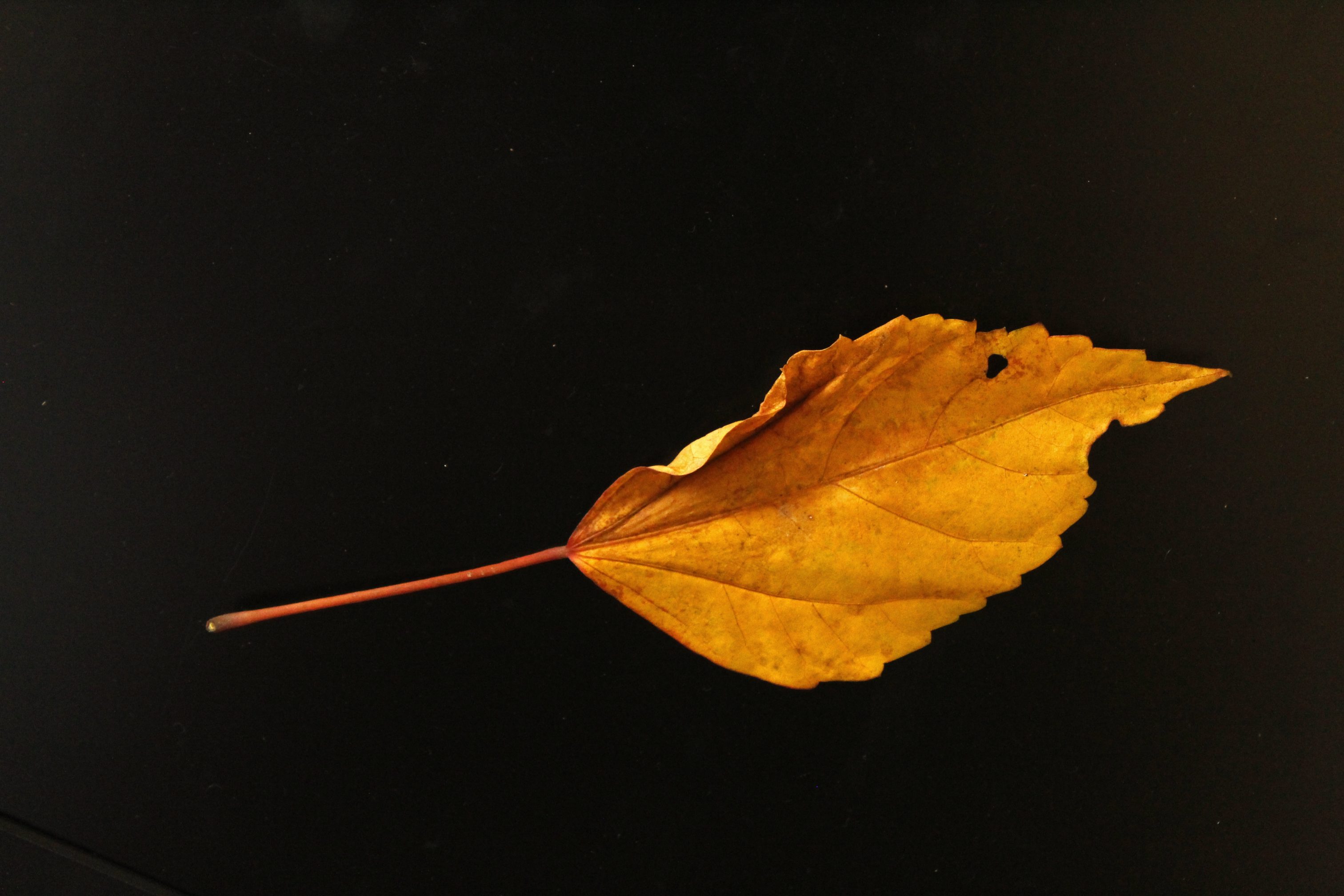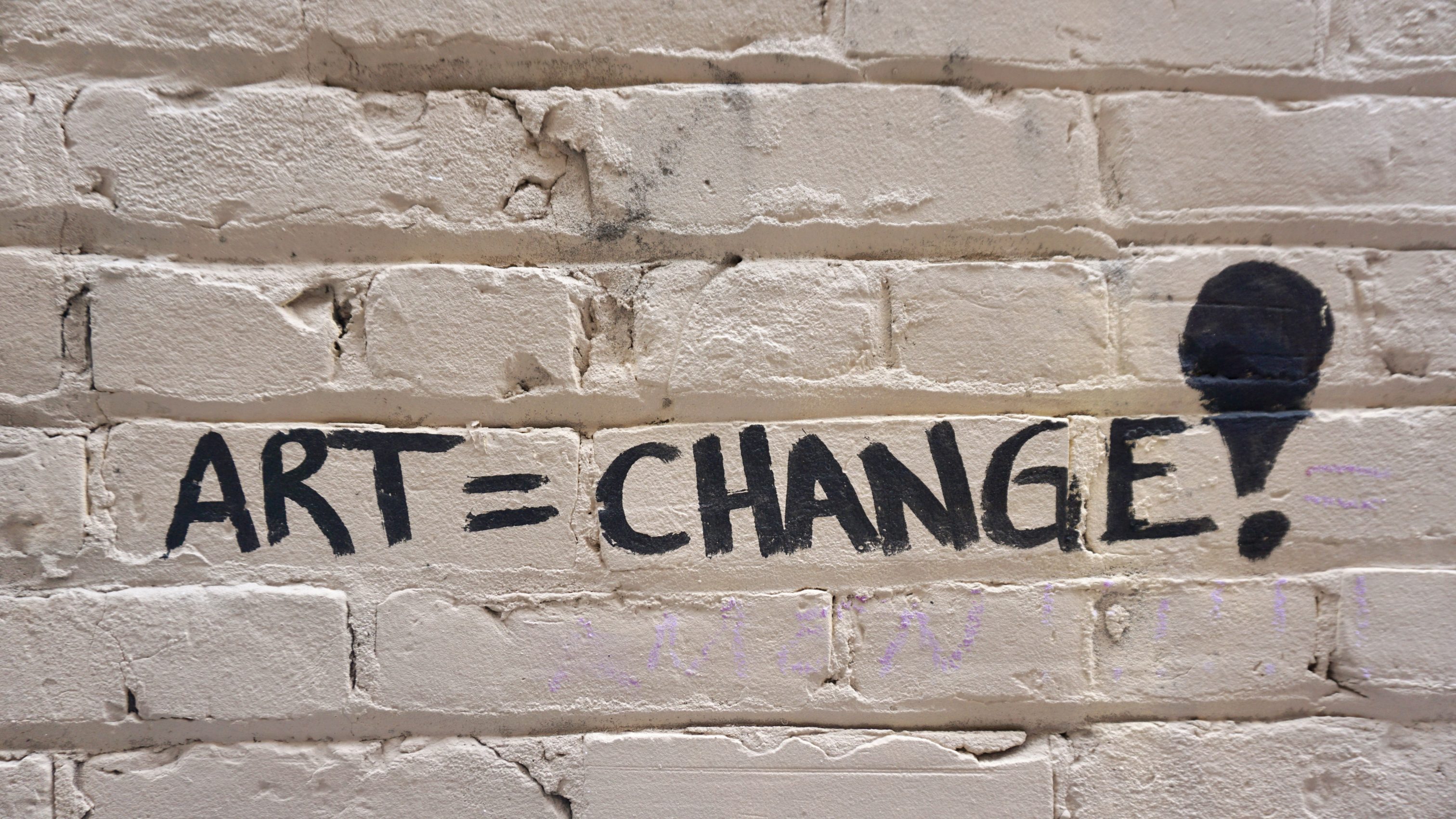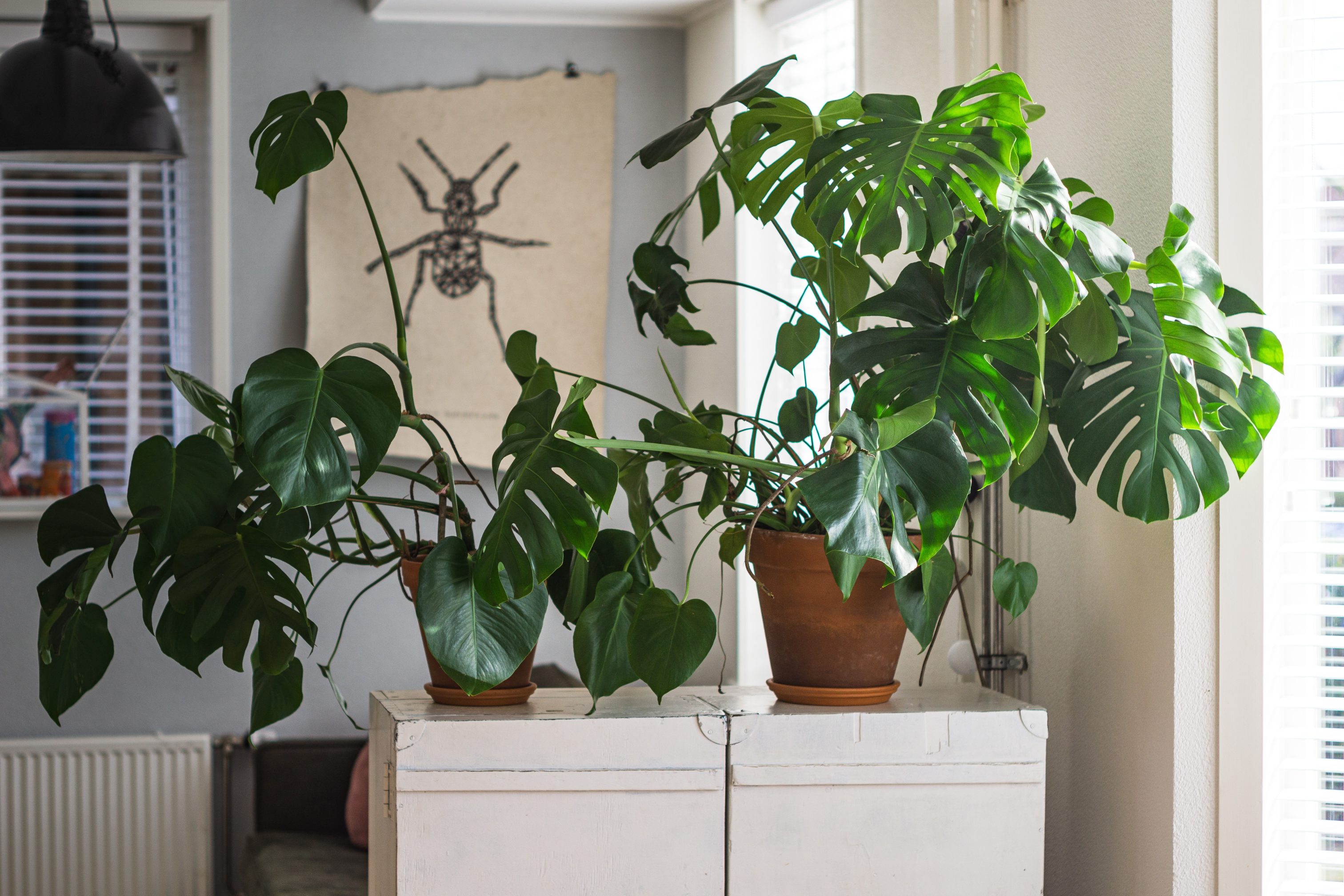Art inspired by nature
In the bustling realm of contemporary art and design, a growing trend has begun to celebrate the inherent allure of the natural world. Eco-art and biophilic design show the strong link between creativity and nature, offering a deep exploration of environmental awareness. Join Cosimo on a journey through the vibrant landscape where artistic expression and the tranquillity of nature converge.
Eco-Art: A Symphony of Sustainability
Eco-art is a genre where artists integrate ecological responsibility into their artistic creations. This art form often uses eco-friendly materials and draws inspiration from environmental concerns, promoting a deeper connection between the audience and the natural world.
Two notable figures in this field are Andy Goldsworthy and Nils-Udo. Goldsworthy, a British artist known for his sculpture, photography, and environmentalism work, is renowned for creating site-specific land art using natural materials such as rocks, ice, leaves, and branches. His art is directly connected to the location where it is made, emphasising the use of elements from the environment. His artworks are temporary, meant to evolve and fade away, mirroring the fleeting beauty of nature and the cyclical nature of life.

Nils-Udo, a German artist, has been a pioneer in environmental art. Udo’s art goes beyond just looking good; it carries a strong message about caring for the environment and living in harmony with nature. His works often include living elements, emphasising the delicate balance of ecosystems and encouraging us to rethink how we interact with the natural world. Udo has been involved in environmental art since the 1960s, creating impactful structures on a large scale using various materials.
These artists exemplify the essence of eco-art, blending artistic expression with a commitment to sustainability and environmental awareness. Their creations defy conventional art and cultivate a greater understanding of the fragile equilibrium within our planet.
Eco-art installations serve as a dynamic intersection between art and environmental activism, addressing the pressing issue of climate change. This genre has emerged in response to growing ecological concerns. It transcends traditional aesthetics, using various mediums like sculpture, installations, photography, and performance art to express environmental consciousness and foster a deeper connection between humans and nature.

Eco-artists engage communities through large-scale creations, inviting active participation in conversations about climate change. These interactive artworks enable individuals to get a different perspective on environmental issues. A notable example is Olafur Eliasson’s “Ice Watch,” where large ice blocks from Greenland were displayed in city centres, symbolising the melting ice caps and rising sea levels.
Eco-art installations are more than just awareness tools; they have the potential to drive tangible change. Some artists collaborate with environmental organisations, policymakers, and communities to implement sustainable practices and advocate for policy changes. For instance, Maya Lin, known for the Vietnam Veterans Memorial, now focuses on environmental issues, promoting conservation efforts and sustainable design.
In summary, eco-art installations are powerful voices in environmental advocacy, blending artistic expression with a deep commitment to ecological preservation and community engagement.

Biophilic Design: Nature Infused into Living Spaces
Biophilic design is a transformative approach that integrates the presence of nature into our living and working environments. It not only adds aesthetic value but also significantly benefits individuals in various ways:

Stress Reduction and Enhanced Creativity: The design philosophy of biophilia is structured around the relationship between nature, human biology, and the built environment. It reduces stress, boosts creativity and clarity of thought, improves overall well-being, and expedites healing processes.
Physical, Emotional, and Intellectual Well-being: Implementing biophilic design in built environments can enhance physical, emotional, and intellectual well-being. Including elements like pictures of plants, mountains, and outdoor landscapes in interior spaces has been found to have the same mental health benefits as being in real natural environments.
Response to Urbanisation: As urban spaces increasingly become concrete landscapes, biophilic design offers a way to reconnect with nature. This design trend responds to the human need for the calming influence of natural elements, countering the detrimental effects of urbanisation, such as stress and disconnection from nature.


Emotional Well-Being in Workplaces: A study focusing on healthcare providers during the COVID-19 pandemic found that workplace biophilic design features significantly improved emotional well-being. This improvement was linked to greater satisfaction with green features and natural decor, enhancing attachment to the workplace.
Biophilic design is more than an aesthetic choice; it strategically integrates nature into our daily environments. It offers substantial mental and emotional health benefits, fosters a more profound connection with the natural world, and enhances the quality of life in increasingly urbanised settings.
Embracing Nature for a Balanced Future
In our fast-paced, urbanised world, the infusion of nature-inspired art and biophilic design provides a vital connection to the natural world. Whether through the intricate strokes of a painting, the intentional use of sustainable materials, or the inclusion of greenery in architectural spaces, these creative expressions bridge human experiences and the environment.













